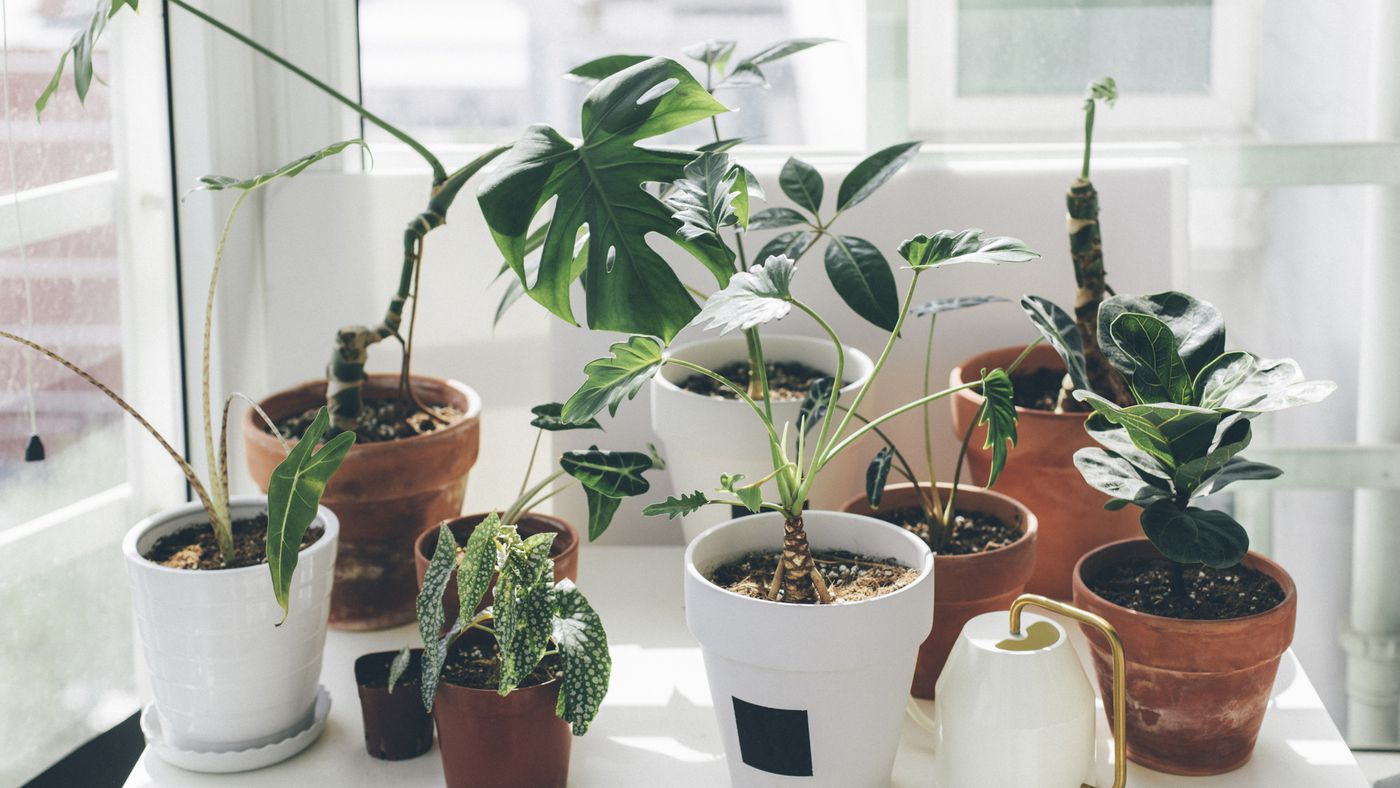The Rise of Branded Plant Containers: How Businesses Amplify Their Green Image

In the modern business environment, sustainability and green initiatives have become more than just a trend; they are an imperative. Companies around the world are working towards making their operations eco-friendly, not just because of environmental concerns but also to appeal to the conscious consumer. One of the burgeoning trends in this domain is the use of “branded plant containers“. Let’s explore how these containers have helped businesses strengthen their green image.
What Are Branded Plant Containers?
The Basics
Branded plant containers are precisely what they sound like: plant containers or pots that have a company’s branding elements on them. This could be anything from a company logo to a slogan or a specific design that represents the brand. They’re used both in public spaces (like office lobbies or outdoor plazas) and for promotional giveaways.
The Attraction
- Engaging Design: These containers aren’t your average pots. They often boast innovative designs that make them visually appealing.
- Dual-purpose: Not only do they serve as a planter, but they also double up as an advertisement or branding medium.
- Eco-Friendly Message: Using a plant container to promote one’s brand sends a clear message about the company’s environmental priorities.
How Branded Plant Containers Amplify the Green Image of a Business
Direct Association with Greenery
When a business attaches its brand to a living, breathing plant, it makes an implicit statement. It ties the brand directly to notions of life, growth, and environmental consciousness. As these plants grow and thrive, so too does the positive image of the business in the minds of employees, clients, and other stakeholders.
An Opportunity for Sustainable Practices
Branded plant containers also offer a chance for companies to highlight their commitment to sustainability in more tangible ways:
- Material Choice: Many businesses opt for biodegradable or recycled materials for their branded pots, thus reducing plastic waste.
- Supporting Local: By sourcing plants from local nurseries, companies can cut down on transportation emissions and support local businesses.
- Educational Initiatives: Some businesses use these containers as a starting point to educate their staff and clients about sustainability and eco-friendly practices.
Benefits of Using Branded Plant Containers
Aesthetic Appeal
Plants can transform any space. Adding a company’s branding to the mix can create an environment that’s not just green but also resonates with the company’s identity.
Positive Brand Perception
In a world where consumers are more aware and concerned about environmental issues, any move towards sustainability can result in a positive brand image. With branded plant containers, businesses can position themselves as environmentally responsible entities.
Enhanced Employee Morale
A green workspace has been shown to boost employee morale and productivity. Branded containers can amplify this effect by strengthening the sense of belonging among employees.
Challenges and Considerations
Like any strategy, using branded plant containers isn’t without its challenges.
Maintenance
Plants require care. This means ensuring they’re watered, getting the right amount of sunlight, and are protected from pests.
Design Constraints
The design needs to be such that it doesn’t compromise the health of the plant. The branding shouldn’t obstruct sunlight or water reach.
Environmental Responsibility
While the move towards branded plant containers can boost a company’s green image, it should be accompanied by genuine sustainable actions. Merely using these containers without a broader green strategy can come across as disingenuous.
Conclusion
In the competitive business environment, every differentiation counts. Branded plant containers offer a unique intersection of branding and sustainability. As businesses continue to seek ways to emphasize their green initiatives, it wouldn’t be a surprise to see more innovative uses of these branded containers. The key, however, lies in ensuring that they are a part of a genuine commitment to sustainability rather than a mere marketing gimmick. As long as this balance is maintained, branded plant containers will remain a powerful tool for businesses to amplify their green image.







